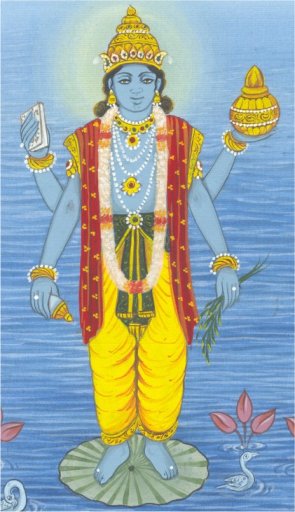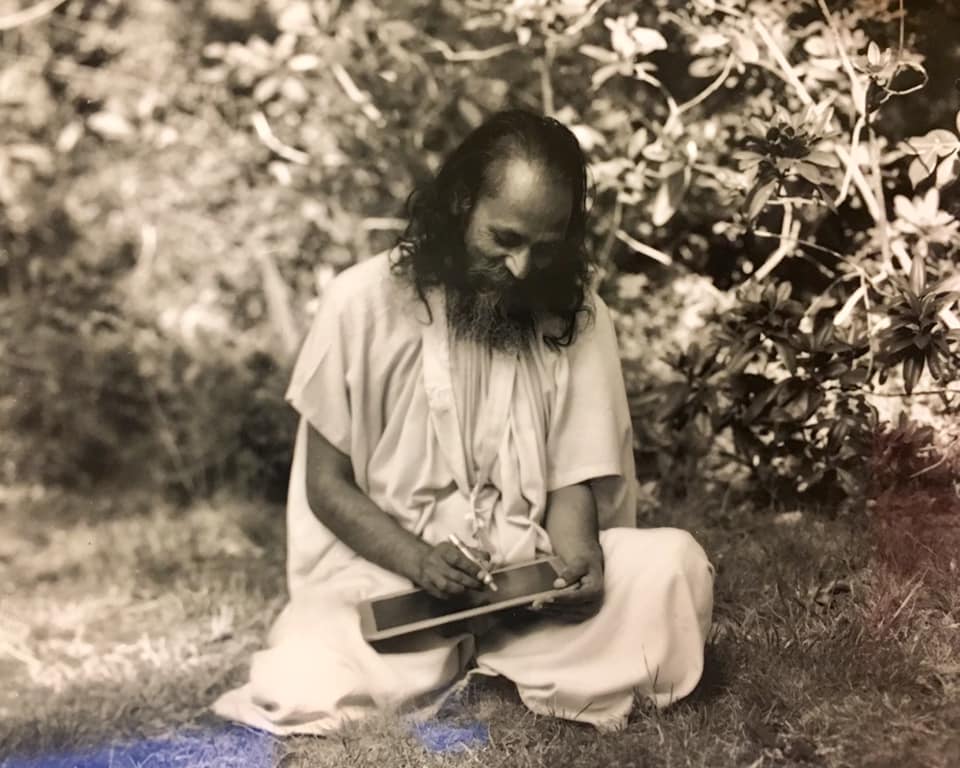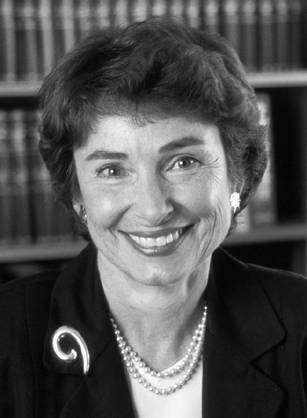|
Ayurveda
Ayurveda () is an alternative medicine system with historical roots in the Indian subcontinent. The theory and practice of Ayurveda is pseudoscientific. Ayurveda is heavily practiced in India and Nepal, where around 80% of the population report using it. Ayurveda therapies have varied and evolved over more than two millennia. Therapies include herbal medicines, special diets, meditation, yoga, massage, laxatives, enemas, and medical oils. Ayurvedic preparations are typically based on complex herbal compounds, minerals, and metal substances (perhaps under the influence of early Indian alchemy or ''rasashastra''). Ancient Ayurveda texts also taught surgical techniques, including rhinoplasty, kidney stone extractions, sutures, and the extraction of foreign objects. The main classical Ayurveda texts begin with accounts of the transmission of medical knowledge from the gods to sages, and then to human physicians. Printed editions of the '' Sushruta Samhita'' (''Sushruta's Compen ... [...More Info...] [...Related Items...] OR: [Wikipedia] [Google] [Baidu] |
Maharishi Ayurveda
Maharishi Vedic Approach to Health (MVAH) (also known as Maharishi Ayurveda or Maharishi Vedic Medicine) is a form of alternative medicine founded in the mid-1980s by Maharishi Mahesh Yogi, who developed the Transcendental Meditation technique (TM). Distinct from traditional ayurveda, it emphasizes the role of consciousness, and gives importance to positive emotions. Maharishi Ayur-Veda has been variously characterized as emerging from, and consistently reflecting, the Advaita Vedanta school of Hindu philosophy, representing the entirety of the ayurvedic tradition. A 1991 article in the ''Journal of the American Medical Association'' (JAMA) found that promoters of MVAH failed to disclose financial incentives when they submitted a letter for publication and that their marketing practices were misleading. A 2008 study published in JAMA reported that two of the 19 Maharishi Ayurveda products tested contained heavy metals. A 1991 British case found two physicians guilty of "serious p ... [...More Info...] [...Related Items...] OR: [Wikipedia] [Google] [Baidu] |
Dhanvantari
Dhanvantari () is the physician of the devas in Hinduism. He is regarded to be an avatar of Vishnu. He is mentioned in the Puranas as the god of Ayurveda. During his incarnation on earth, he reigned as the King of Kashi, today locally referred to as Varanasi. Dhanvantari is also identified as the great-grandfather of Divodasa, a mythological King of Kashi in the Vishnu Purana. Iconography According to the ancient Sanskrit work ''Vishnudharamottara'', Dhanvantari is a handsome individual and is to usually be depicted with four hands, with one or two of them carrying a bowl of amrita, the elixir of immortality. Dhanvantari is depicted in a stark resemblance to Vishnu, with four hands, holding the shankha, chakra, jalauka (leech), and a pot containing amrita. He is often shown with a leech in his hand rather than the scriptures, indicating the historical practice of bloodletting. Some texts describe him as holding a conch, amrita, medicinal herbs, and a book of Ayurveda. L ... [...More Info...] [...Related Items...] OR: [Wikipedia] [Google] [Baidu] |
Dosha
''Dosha'' ( sa, दोषः, IAST: ''doṣa'') is a central term in Ayurveda originating from Sanskrit, which can be translated as "that which can cause problems" (literally meaning "fault" or "defect"), and which refers to three categories or types of substances that are believed to be present in a person's body and mind. Beginning with twentieth-century Ayurvedic literature, the "three-''dosha'' theory" ( sa, त्रिदोषोपदेशः, ) has described how the quantities and qualities of three fundamental types of substances called wind, bile, and phlegm ( sa, वात, , ; , , ) fluctuate in the body according to the seasons, time of day, process of digestion, and several other factors and thereby determine changing conditions of growth, aging, health, and disease. ''Dosha''s are considered to shape the physical body according to a natural constitution established at birth, determined by the constitutions of the parents as well as the time of conception and ot ... [...More Info...] [...Related Items...] OR: [Wikipedia] [Google] [Baidu] |
Baba Hari Dass
Baba Hari Dass (Devanagari: बाबा हरि दास) (26 March 1923 – 25 September 2018) was an Indian yoga master, silent monk, temple builder, and commentator of Indian scriptural traditions of '' dharma'' and ''moksha''. He was classically trained in the Ashtanga of Patanjali (also known as ''Rāja yoga''), as well as Kriya yoga, Ayurveda, Samkhya, Tantra, Vedanta, and Sanskrit. Baba Hari Dass took a vow of silence in 1952, which he upheld through this life. Although he did not speak, he was able to communicate in several languages through writing. His literary output included scriptural commentaries to ''Yoga Sutras of Patanjali'', '' Bhagavad Gita'', ''Samkhya Karika'', and Vedanta, collections of aphorisms about the meaning and purpose of life, essays, plays, short stories, children's stories, kirtan, mantras, and in-depth instructional yoga materials that formed the basis of a yoga certification-training program. Upon his arrival in North America in ear ... [...More Info...] [...Related Items...] OR: [Wikipedia] [Google] [Baidu] |
Sushruta Samhita
The ''Sushruta Samhita'' (सुश्रुतसंहिता, IAST: ''Suśrutasaṃhitā'', literally "Suśruta's Compendium") is an ancient Sanskrit text on medicine and surgery, and one of the most important such treatises on this subject to survive from the ancient world. The ''Compendium of Suśruta'' is one of the foundational texts of Ayurveda (Indian traditional medicine), alongside the '' Charaka-Saṃhitā'', ''the Bheḷa-Saṃhitā'', and the medical portions of the Bower Manuscript. It is one of the two foundational Hindu texts on the medical profession that have survived from ancient India. The ''Suśrutasaṃhitā'' is of great historical importance because it includes historically unique chapters describing surgical training, instruments and procedures which is still followed by modern science of surgery. One of the oldest ''Sushruta Samhita'' palm-leaf manuscripts is preserved at the Kaiser Library, Nepal. History Date Over a century ago, the scholar ... [...More Info...] [...Related Items...] OR: [Wikipedia] [Google] [Baidu] |
Alternative Medicine
Alternative medicine is any practice that aims to achieve the healing effects of medicine despite lacking biological plausibility, testability, repeatability, or evidence from clinical trials. Complementary medicine (CM), complementary and alternative medicine (CAM), integrated medicine or integrative medicine (IM), and holistic medicine attempt to combine alternative practices with those of mainstream medicine. Alternative therapies share in common that they reside outside of medical science and instead rely on pseudoscience. Traditional practices become "alternative" when used outside their original settings and without proper scientific explanation and evidence. Frequently used derogatory terms for relevant practices are ''new age'' or ''pseudo-'' medicine, with little distinction from quackery. Some alternative practices are based on theories that contradict the established science of how the human body works; others resort to the supernatural or superstitious to explain ... [...More Info...] [...Related Items...] OR: [Wikipedia] [Google] [Baidu] |
Rasashastra
In Ayurvedic medicine, the compilation of traditional ancient Indian medicine practice is called ''rasashastra'', which details processes by which various metals, minerals and other substances, including mercury, are purified and combined with herbs in an attempt to treat illnesses. Its methods correspond to the alchemy familiar in the Mediterranean and Western European worlds. Rasashastra is a pharmaceutical branch of Indian system of medicine which mainly deals with the metals, minerals, animal origin product, toxic herbs and their use in therapeutics. History of development The credit of developing ''rasashastra'' as a stream of classical Ayurveda, especially in fulfilling its healthcare-related goals, goes to Nāgārjuna (5th century CE). Classical textbooks ''Rasendra Mangala'' It was composed by Nāgārjuna Siddha in the Sanskrit language. P. C. Rây considered this work (which he erroneously called ''Rasaratnākara'') to be amongst the earliest surviving alchemic ... [...More Info...] [...Related Items...] OR: [Wikipedia] [Google] [Baidu] |
Massage
Massage is the manipulation of the body's soft tissues. Massage techniques are commonly applied with hands, fingers, elbows, knees, forearms, feet or a device. The purpose of massage is generally for the treatment of body stress or pain. In European countries, a person professionally trained to give massages is traditionally known as a masseur (male) or masseuse (female). In the United States, these individuals are often referred to as massage therapists, because they must be certified and licensed as "licensed massage therapists". In professional settings, clients are treated while lying on a massage table, sitting in a massage chair or lying on a mat on the floor. There are many different modalities in the massage industry, including (but not limited to): deep tissue, manual lymphatic drainage, medical, sports, structural integration, Swedish, Thai and trigger point. Etymology The word comes from the French 'friction of kneading', which, in turn, comes either from the A ... [...More Info...] [...Related Items...] OR: [Wikipedia] [Google] [Baidu] |
Agada
''Agada'' is one of the eight branches into which ayurveda medicine is traditionally divided. Literally, ''gada'' means a disease and ''agada'' means any agent which makes the body free from disease; however the term ''agada'' is used specifically for the branch of medicine dealing with toxicology, the description of the different types of poisons, and their antidotes. ''Agada Tantra'' is defined as a section of toxicology that deals with food poisoning, snakebites, dog bites, insect bites, etc. The school of toxicology was founded and expounded upon by Kashyapa, also known as Vriddhakashyapa, a contemporary of Atreya Punarvasu. He lived in Taksashila in what is now Pakistan. His text was called the ''Kashyapa Samhita''. This, however, is a different book than the ''Kashyap Samhita'' of pediatrics. This text is not available now but the references of this text are found mentioned in different commentaries. Some other texts written by Alambayana, Ushana, Saunaka, and Latyayana ... [...More Info...] [...Related Items...] OR: [Wikipedia] [Google] [Baidu] |
Herbal Medicine
Herbal medicine (also herbalism) is the study of pharmacognosy and the use of medicinal plants, which are a basis of traditional medicine. With worldwide research into pharmacology, some herbal medicines have been translated into modern remedies, such as the anti-malarial group of drugs called artemisinin isolated from ''Artemisia annua'', a herb that was known in Chinese medicine to treat fever. There is limited scientific evidence for the safety and efficacy of plants used in 21st century herbalism, which generally does not provide standards for purity or dosage. The scope of herbal medicine commonly includes fungal and bee products, as well as minerals, shells and certain animal parts. Herbal medicine is also called phytomedicine or phytotherapy. Paraherbalism describes alternative and pseudoscientific practices of using unrefined plant or animal extracts as unproven medicines or health-promoting agents. Paraherbalism relies on the belief that preserving various subst ... [...More Info...] [...Related Items...] OR: [Wikipedia] [Google] [Baidu] |
Pseudoscientific
Pseudoscience consists of statements, beliefs, or practices that claim to be both scientific and factual but are incompatible with the scientific method. Pseudoscience is often characterized by contradictory, exaggerated or unfalsifiable claims; reliance on confirmation bias rather than rigorous attempts at refutation; lack of openness to evaluation by other experts; absence of systematic practices when developing hypotheses; and continued adherence long after the pseudoscientific hypotheses have been experimentally discredited. The demarcation between science and pseudoscience has scientific, philosophical, and political implications. Philosophers debate the nature of science and the general criteria for drawing the line between scientific theories and pseudoscientific beliefs, but there is general agreement on examples such as ancient astronauts, climate change denial, dowsing, evolution denial, Holocaust denialism, astrology, alchemy, alternative medicine, occultism, uf ... [...More Info...] [...Related Items...] OR: [Wikipedia] [Google] [Baidu] |
Divodāsa
Divodāsa ("heaven's servant") is a king in the Rigveda (celebrated for his liberality and protected by Indra and the Ashvins in the Rigveda, RV 1.112.14; 1.116.18), the son of Vadhryashva RV 6.61.5. Further, the Mandala 9 of Rigveda mentions Divodasa thus: " ndraSmote swiftly forts, and Sambara, then Yadu and that Turvaga, for pious Divodasa's sake." RV 9.61.2. He is the father of the famous king Sudas (RV 7.18.28) (of the Battle of the Ten Kings). Pijavana is the other name of Divodasa according to Rigveda. His son, Pratardana, is mentioned in the Kaushitaki Upanishad. He was invited in the Ashwamedha Sacrifice performed by King Dasharatha of Ayodhya. He was the younger brother of Queen Sumitra and was a Brother-in-law of Dasharatha. He was also the son of King Bhimaratha and was a great grandson of Lord Dhanvantari. It is also the name of a king of Kashi surnamed Dhanvantari as per the hymn ( RV 10.179.2), the founder of the Indian school of medicine called Ayurveda. G ... [...More Info...] [...Related Items...] OR: [Wikipedia] [Google] [Baidu] |







.jpg)
.png)